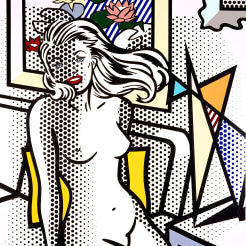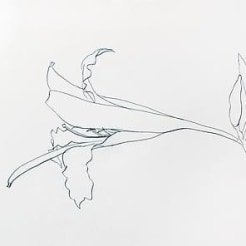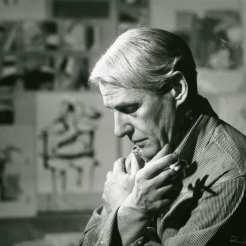Willem de Kooning (1904–1997), one of the most important artists of the post World War II era, earned a national reputation for his highly charged abstract expressionistic paintings by the late 1940s. By the 1950s, de Kooning defied the predominantly held belief among his "Ab Ex" peers that representational painting was dead. By incorporating subjects, namely women, into his compositions he created one of his most significant body of works. For the following two decades, de Kooning moved easily between pure abstraction and loose figuration developing a reputation as one of America's leading painters of the 20th century. By the 1970s, de Kooning abandoned any form of representation concentrating solely on lyrical, abstract paintings that are widely considered some of his most triumphant works. De Kooning's work is included in most major museums worldwide, including the Metropolitan Museum of Art and the Museum of Modern Art in New York City; the Tehran Museum of Art; the Stedelijk Museum in his native Holland; and the Hirshhorn Museum. In 1998, the San Francisco Museum of Modern Art mounted the Whitney Museum of American Art's stunning de Kooning retrospective.




